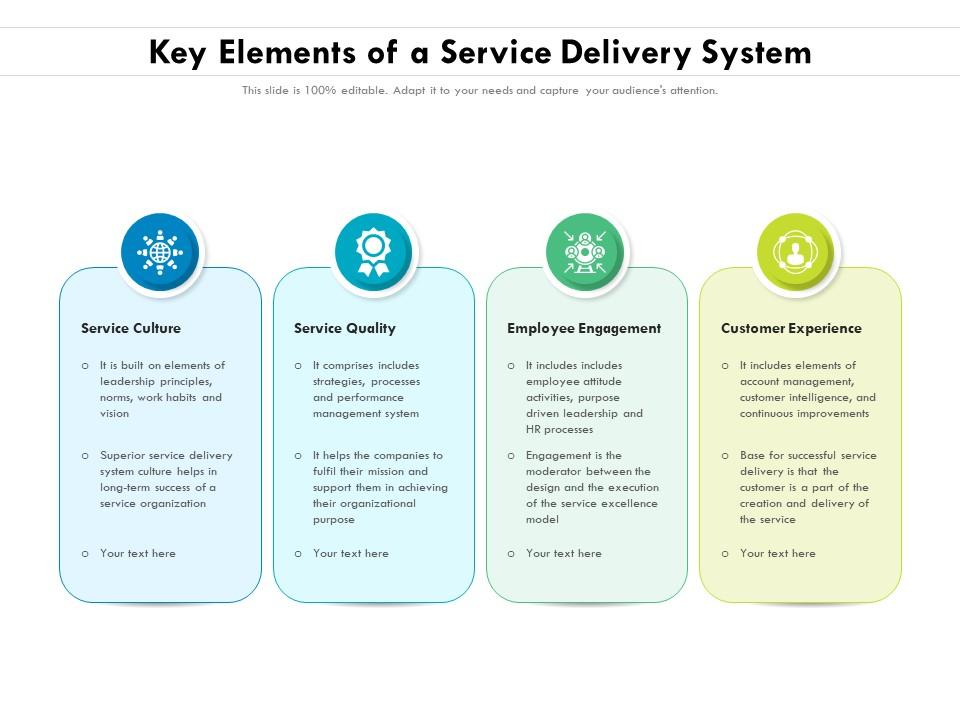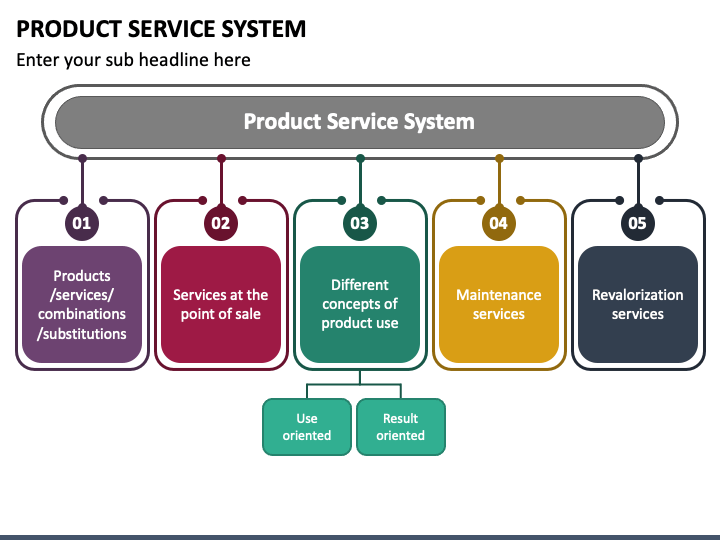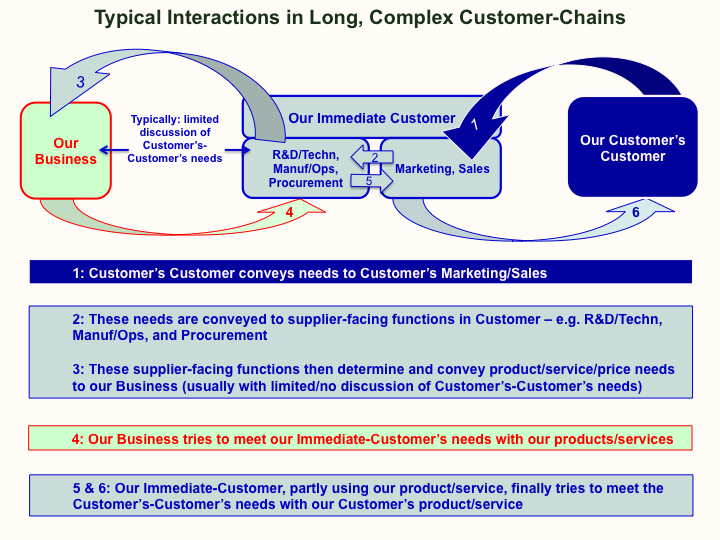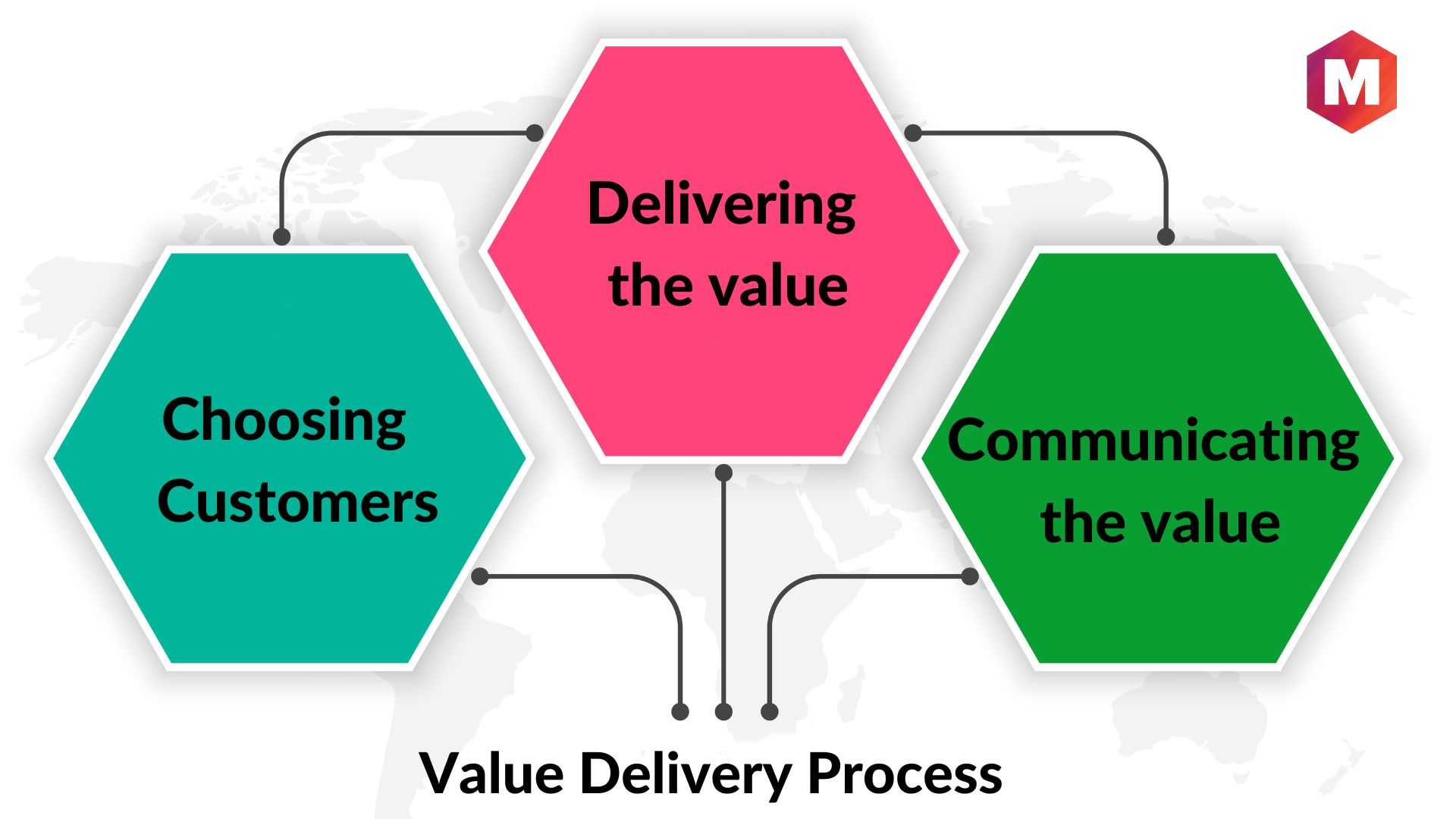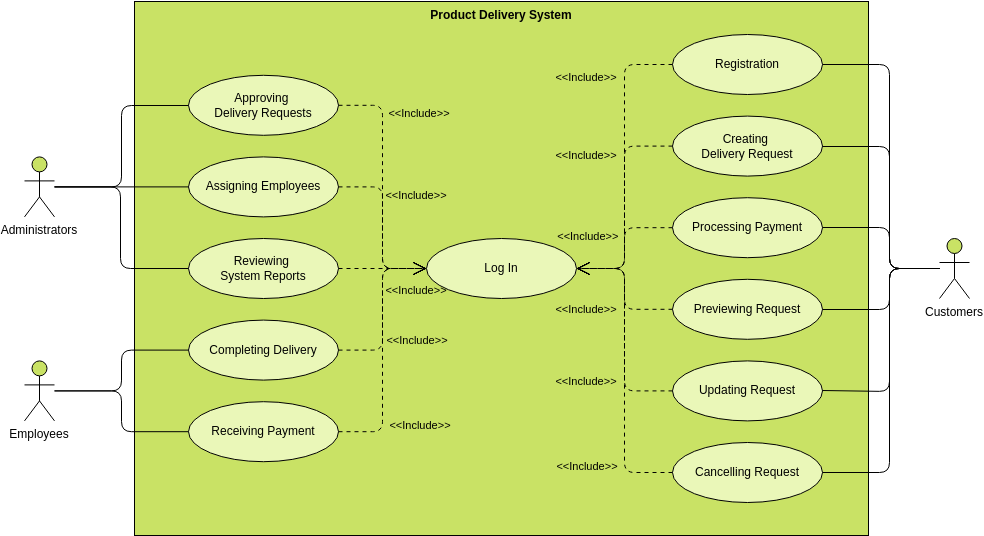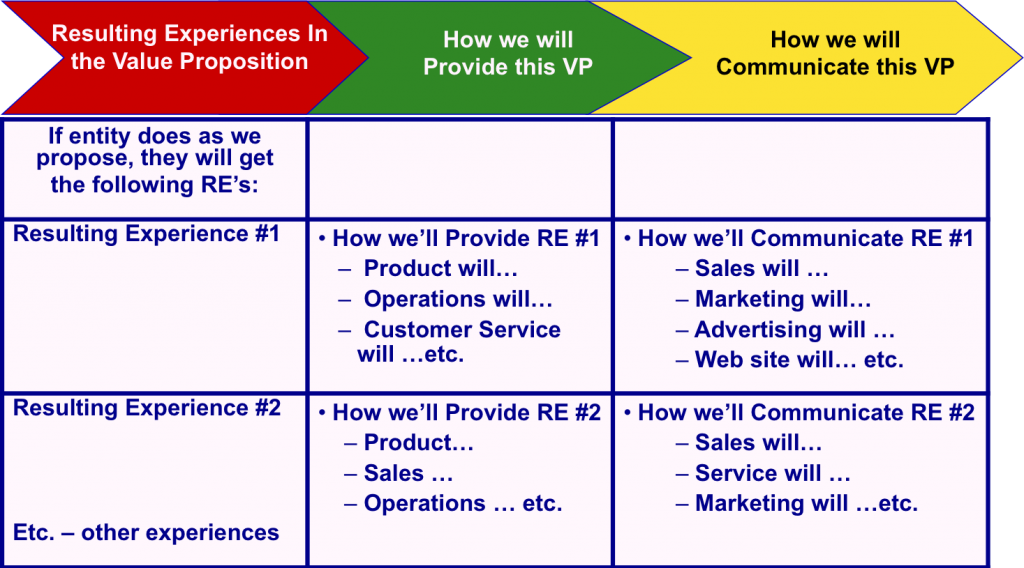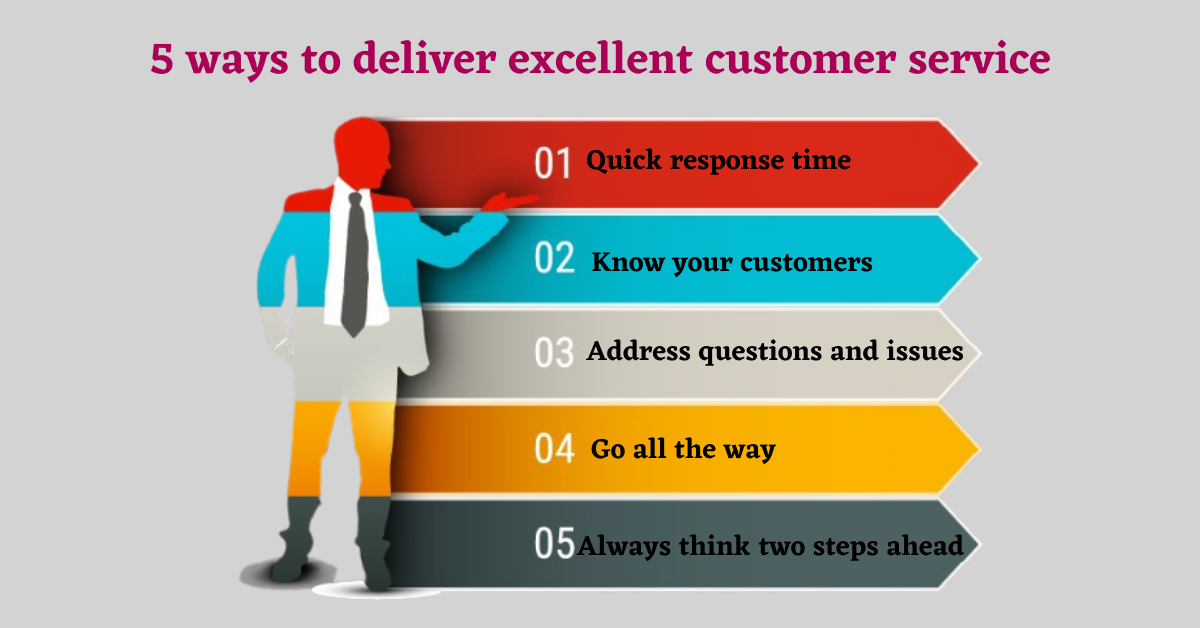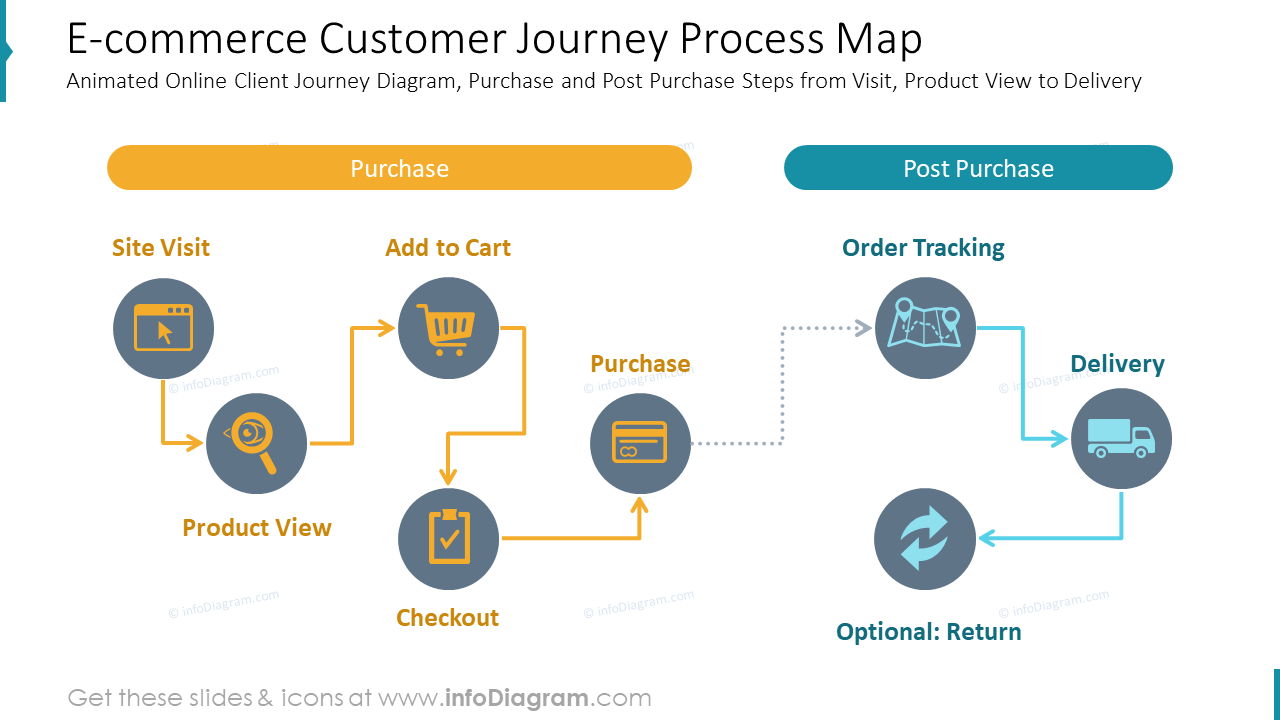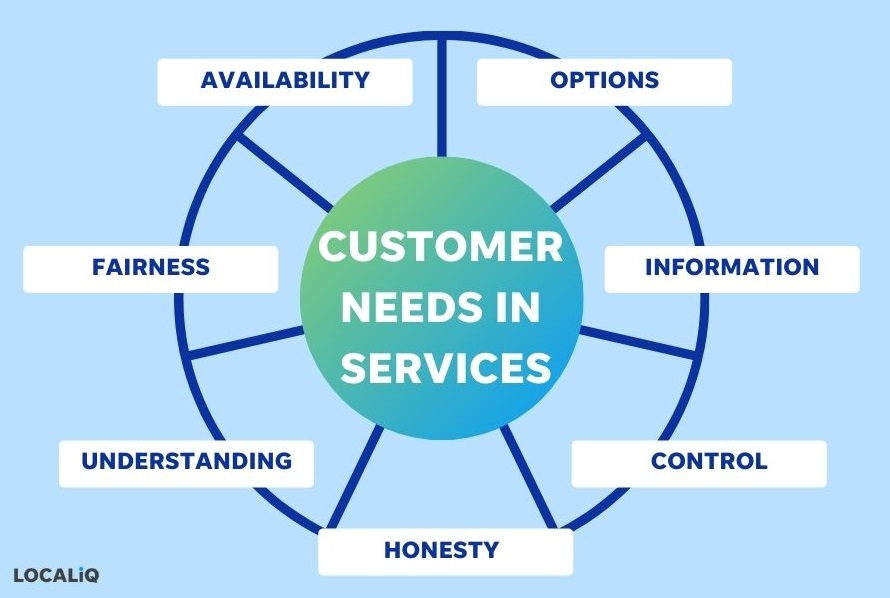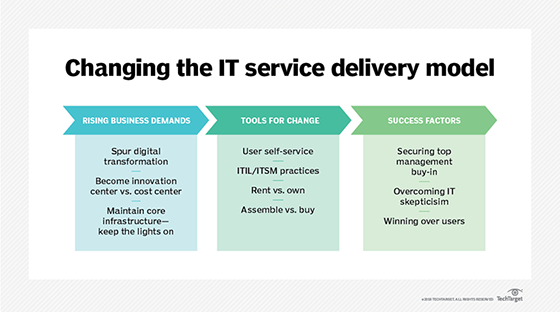What System Delivers A Product Or Service To A Customer

Supply chains are under immense pressure as global demand fluctuates wildly, impacting delivery times and costs. Businesses are scrambling to adapt their systems to maintain reliable product and service delivery.
This article examines the intricate systems that ensure products and services reach customers, the challenges they face, and the innovative solutions being implemented to navigate the current volatile landscape.
The Core Components of a Delivery System
At its heart, a delivery system is a network of interconnected processes. It involves everything from sourcing raw materials to final delivery to the end consumer.
The key elements include procurement, manufacturing, warehousing, transportation, and last-mile delivery.
Each stage presents unique complexities that can impact the overall efficiency and reliability of the system.
Procurement and Manufacturing
The journey begins with procurement, securing the necessary raw materials and components. Delays or shortages here can halt production lines and lead to significant backlogs.
Efficient manufacturing processes are crucial for transforming raw materials into finished goods. Automation and lean manufacturing principles are often employed to optimize production speed and reduce waste.
According to a recent report by the Institute for Supply Management (ISM), supplier delivery times have increased by an average of 15% in the past year, highlighting the ongoing challenges in this area.
Warehousing and Distribution
Warehousing plays a vital role in storing and managing inventory. Strategic placement of warehouses can significantly reduce transportation costs and delivery times.
Advanced warehouse management systems (WMS) are used to track inventory levels, optimize storage space, and streamline order fulfillment.
Companies like Amazon have invested heavily in automated warehousing technologies to accelerate order processing and delivery speeds.
Transportation and Logistics
Transportation involves moving goods from warehouses to distribution centers or directly to customers. This can involve a variety of modes, including trucks, trains, ships, and airplanes.
Logistics providers like FedEx and UPS specialize in managing the complexities of transportation, ensuring timely and cost-effective delivery.
Rising fuel costs and driver shortages are major challenges currently impacting the transportation sector, according to the American Trucking Associations (ATA).
Last-Mile Delivery
The last-mile refers to the final leg of the delivery process, from the distribution center to the customer's doorstep. This is often the most expensive and time-consuming part of the entire process.
Companies are experimenting with various solutions to optimize last-mile delivery, including drone delivery, electric vehicles, and crowdsourced delivery services.
According to a study by McKinsey & Company, last-mile delivery accounts for up to 53% of the total cost of shipping.
Challenges Facing Delivery Systems
Delivery systems are constantly facing a barrage of challenges. These include global disruptions, increased customer expectations, and rising costs.
The COVID-19 pandemic exposed vulnerabilities in global supply chains, leading to widespread shortages and delays.
Consumers now expect faster and more convenient delivery options, putting pressure on businesses to innovate and adapt.
Innovative Solutions and Technologies
To overcome these challenges, companies are embracing new technologies and strategies. These solutions aim to improve efficiency, reduce costs, and enhance the customer experience.
Artificial intelligence (AI) is being used to optimize logistics, predict demand, and personalize delivery options.
Blockchain technology is enhancing supply chain transparency and traceability, reducing the risk of fraud and counterfeiting.
Companies are also exploring alternative delivery methods, such as drone delivery and autonomous vehicles, to overcome last-mile challenges.
The Future of Delivery Systems
The future of delivery systems is likely to be characterized by greater automation, personalization, and sustainability. Companies will continue to invest in technologies that enable them to deliver products and services faster, cheaper, and more efficiently.
Focus will continue in developing robust predictive analytics, enabling proactive adjustments to potential disruptions before they occur.
Ongoing research and development into alternative fuels and electric vehicles will contribute to more sustainable delivery practices, as well as the integration of AI to optimize delivery routes.
